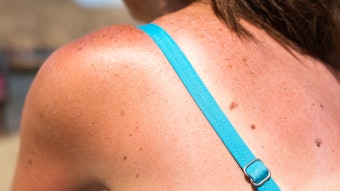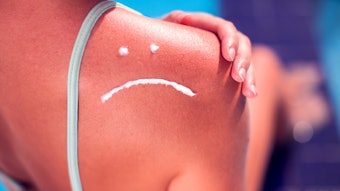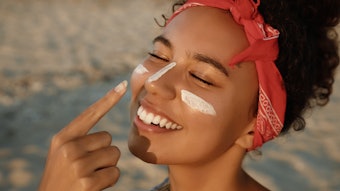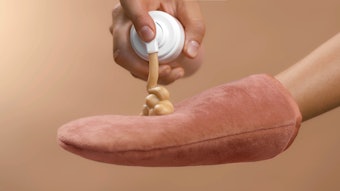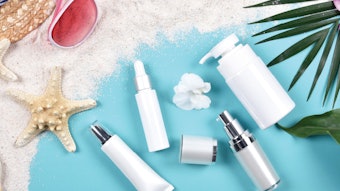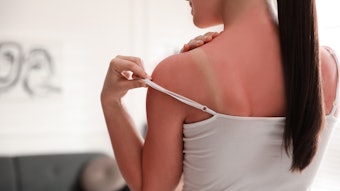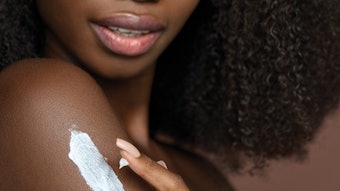Despite repeated warnings from dermatologists on the health dangers of tanning, results of a new survey by the American Academy of Dermatology (Academy) confirmed that a large percentage of Caucasian teen girls and young women admitted using tanning beds or intentionally tanning outdoors in the past year.
Thirty-two percent of respondents had used a tanning bed in the past year, and of those respondents, one-fourth (25%) used a tanning bed at least weekly, on average. An overwhelming majority (81%) of all respondents reported that they had tanned outdoors either frequently or occasionally in the past year.
“Our survey underscores the importance of educating young women about the very real risks of tanning, as melanoma – the deadliest form of skin cancer – is increasing faster in females 15-29 years old than in males of the same age group,” says dermatologist Ronald L. Moy, MD, FAAD, president of the Academy. “In fact, most young women with melanoma are developing it on their torso, which may be the result of high-risk tanning behaviors such as indoor tanning. In my practice, I have had patients – young women with a history using tanning beds – who have died from melanoma.”
Despite claims by the tanning industry to the contrary, indoor tanning is so dangerous that the United States Department of Health and Human Services and the World Health Organization’s International Agency of Research on Cancer panel have declared ultraviolet (UV) radiation from the sun and artificial light sources – such as tanning beds and sun lamps – as a known carcinogen. Studies show indoor tanning increases a person’s risk of melanoma by 75%.
When survey results were analyzed by age, significant differences were noted by respondents who reported using indoor tanning. Specifically, 18-22 year olds were almost twice as likely to have indoor tanned (40%) when compared to 14-17 year olds (22%).
Although spray tans are considered a safe alternative to UV exposure from the sun and indoor tanning beds, the majority of respondents (86%) indicated that they never received a spray tan in the past year.
“Exposure to UV radiation is the leading risk factor for skin cancer, yet – despite this knowledge – droves of teens and young women are flocking to tanning bed facilities and beaches or pools to tan every year,” says Moy. “The challenge is that teens have access to indoor tanning salons on almost every corner. A recent survey of 116 U.S. cities found an average of 42 tanning salons per city, which means tanning salons are more prevalent than Starbucks or McDonald’s. We are very concerned that this tanning behavior will lead to a continued increase in the incidence of skin cancer in young people and, ultimately, more untimely deaths from this devastating disease.”
At current rates, one in five Americans will develop skin cancer in their lifetime. Approximately 75% of skin cancer deaths are from melanoma, and the incidence of melanoma has been rising for at least 30 years – particularly among young, white women in most recent years.
Monday, May 2, is Melanoma Monday and the official launch of Melanoma/Skin Cancer Detection and Prevention Month as designated by the Academy. Visit www.melanomamonday.org to find out how to perform a skin self-exam, download a body mole map or find free skin cancer screenings in your area.

